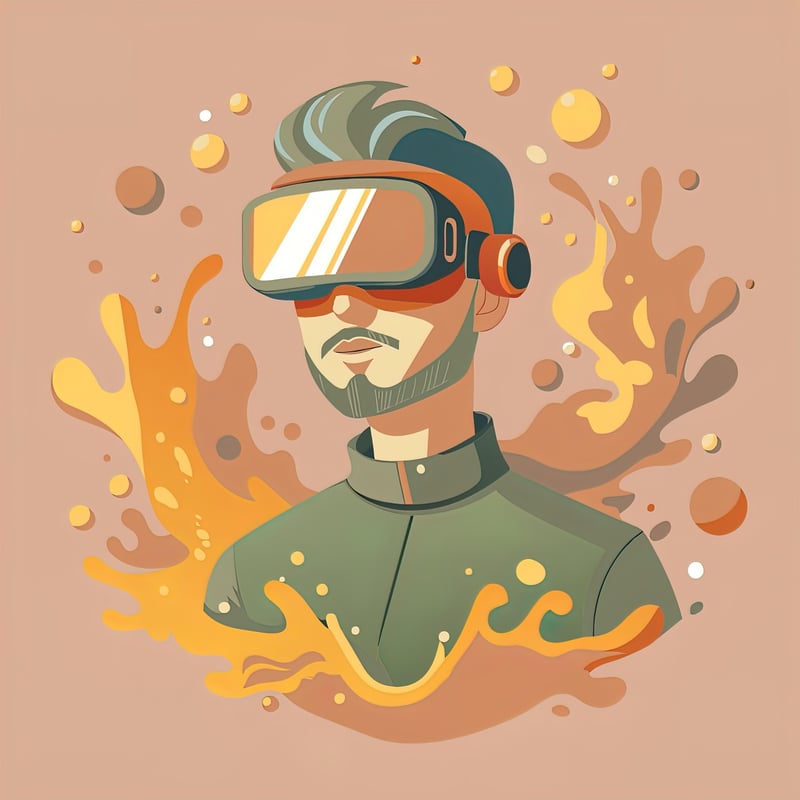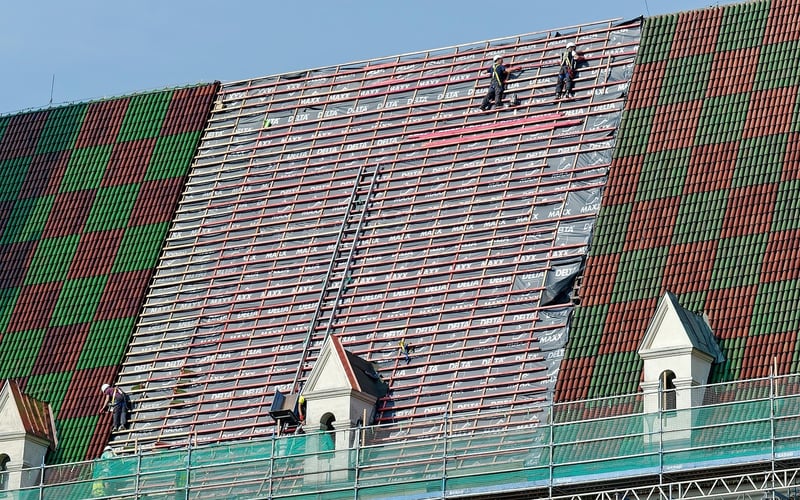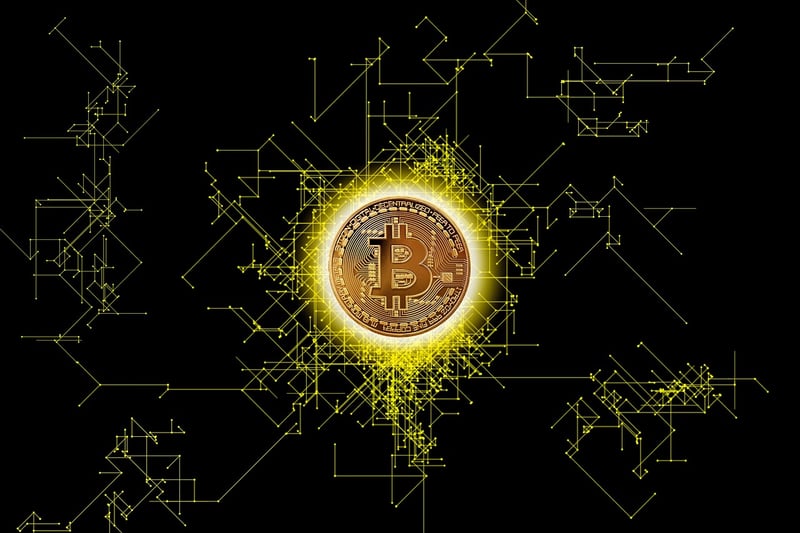Future Technology
The Intersection of Artifact Collection and Future Technology
In today's world, the fields of artifact collection and future technology are coming together in exciting ways, offering new possibilities for preserving and understanding our past. As technology continues to advance at a rapid pace, its impact on artifact collection is profound, revolutionizing the way we discover, study, and interact with historical objects.
1. Digitization of Artifacts
One of the key ways in which technology is transforming artifact collection is through digitization. Museums and cultural institutions are increasingly using advanced imaging techniques such as 3D scanning and photogrammetry to create digital replicas of artifacts. This not only allows for easier preservation and study of fragile objects but also enables broader access to these artifacts through online platforms.

2. Augmented Reality (AR) and Virtual Reality (VR)
Another exciting development in the intersection of artifact collection and future technology is the use of augmented reality (AR) and virtual reality (VR) to enhance the visitor experience. By overlaying digital information onto physical artifacts or creating immersive virtual environments, museums can provide engaging and interactive exhibits that bring history to life in new and innovative ways.

3. Artificial Intelligence (AI) in Artifact Analysis
Artificial intelligence (AI) is also playing a significant role in artifact collection by revolutionizing the way artifacts are analyzed and interpreted. AI algorithms can quickly analyze vast amounts of data, helping researchers identify patterns, make connections, and gain new insights into the significance of historical objects.

4. Preservation and Conservation Technologies
Future technology is also being harnessed for the preservation and conservation of artifacts. Advanced techniques such as laser cleaning, 3D printing of replacement parts, and climate-controlled storage systems are helping to ensure that precious cultural heritage is safeguarded for future generations.

5. Blockchain for Provenance and Authentication
Blockchain technology is being explored as a tool for verifying the provenance and authenticity of artifacts. By creating secure, immutable records of an artifact's history, blockchain can help combat the issue of forgery and ensure trust in the origins of historical objects.

In conclusion, the fusion of artifact collection and future technology is opening up new horizons in the study and preservation of our cultural heritage. By embracing these technological advancements, we can unlock the secrets of the past and create immersive experiences that engage and inspire audiences of all ages.
References: Digitization of Artifacts, AR and VR in Museums, AI in Artifact Analysis, Preservation Technologies, Blockchain for Artifacts
